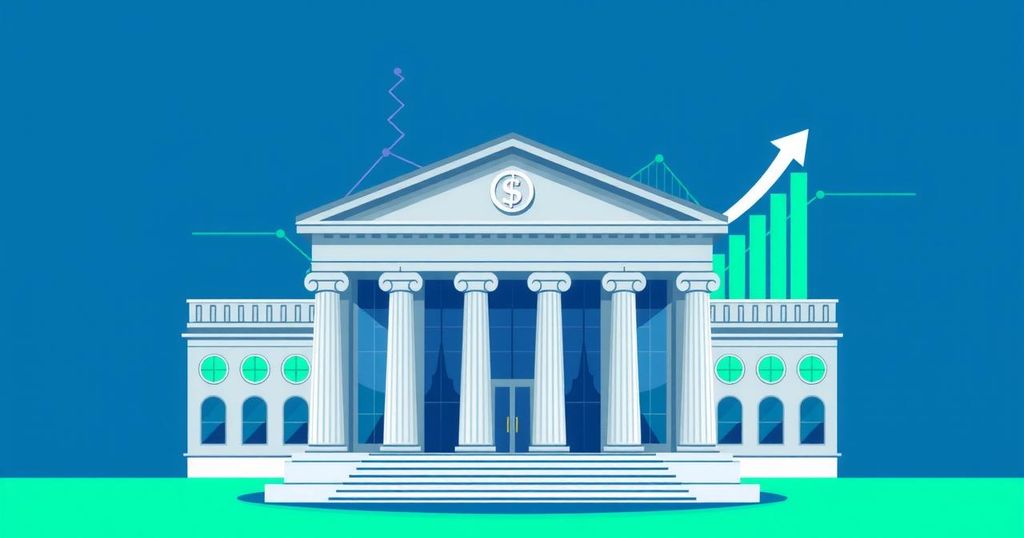Brazil’s central bank will increase the Selic rate to 14.25% on March 19, reflecting inflation concerns and economic conditions. The Copom is set to raise rates again in May, with further increases anticipated in the coming years, while facing mixed economic signals and external uncertainties.
Brazil’s central bank, known as Banco Central do Brasil (BCB), is anticipated to raise its benchmark interest rate to 14.25% on March 19, marking a near-decade high. The monetary policy committee, Copom, is expected to increase the Selic by 100 basis points, similar to its previous two hikes in the current tightening cycle, as inflation pressures persist under the leadership of newly appointed governor Gabriel Galipolo.
Despite prior indications of adjustments, the upcoming policy statement is likely to lack clear guidance due to mixed economic signals. The anticipated Selic increase reflects concerns that inflation, running at 5.06% annually, continues to pose challenges.
Analysts have noted a prevailing economic slowdown which may aid in reducing inflation later in the year. Concurrently, the U.S. Trade policy under President Donald Trump adds uncertainty to Brazil’s economic landscape, although local authorities remain calm in response.
Following the March meeting, twenty out of twenty-two analysts expect another rate hike in May, with varying projections on the extent of the increase. The Selic is projected to peak at 15.25% in Q3, before gradually decreasing to 15.00% in 2025 and 12.50% by 2026, according to the poll’s median estimates.
Although guidance during the March meeting may be limited, economists suggest potential for a slower pace of future rate hikes, indicating a measured approach moving forward. Overall, the BCB’s actions reflect ongoing vigilance in tackling inflation amidst a complicated economic backdrop.
This analysis was reported by Gabriel Burin from Buenos Aires, with contributions from several economic analysts.
In summary, Brazil’s central bank is poised to raise the Selic interest rate to 14.25% on March 19, amid persistent inflation concerns and economic slowdown indications. The expected increase reflects the BCB’s commitment to a stringent monetary policy under its new leadership. Analysts anticipate further rate hikes following this decision, with projections indicating a peak by mid-2025, followed by a gradual decrease. The situation underscores the central bank’s cautious navigation through a fluctuating economic climate.
Original Source: www.marketscreener.com




